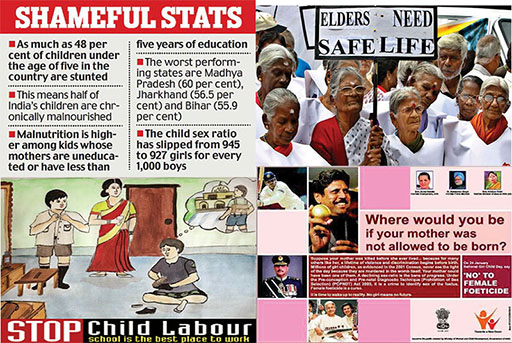Identifying sources of information for the project
The next step in the project is to invite your students to suggest ways of finding out about the topic.
Activity 4: Researching the topic
Note down all the sources of information that they propose on the blackboard. These might include school textbooks, a library, a newspaper, the Internet, a health centre, posters, leaflets, a local government office or local people.

If, for example, your students choose to learn about water-borne diseases, they could visit the local water purification site and, by prior arrangement and with permission, interview one of the water regulators. Alternatively they could visit the community Primary Health Centre or hospital for advice on water purification and safety. They might also consult an information leaflet to learn what families can do to protect themselves from water-borne diseases.
Whether it involves reading newspapers, books, posters or information leaflets, speaking to local experts, visiting relevant places, and taking notes on what is read, seen and heard, all such research will involve a variety of language and literacy skills.
3 Engaging your students in a citizenship project
